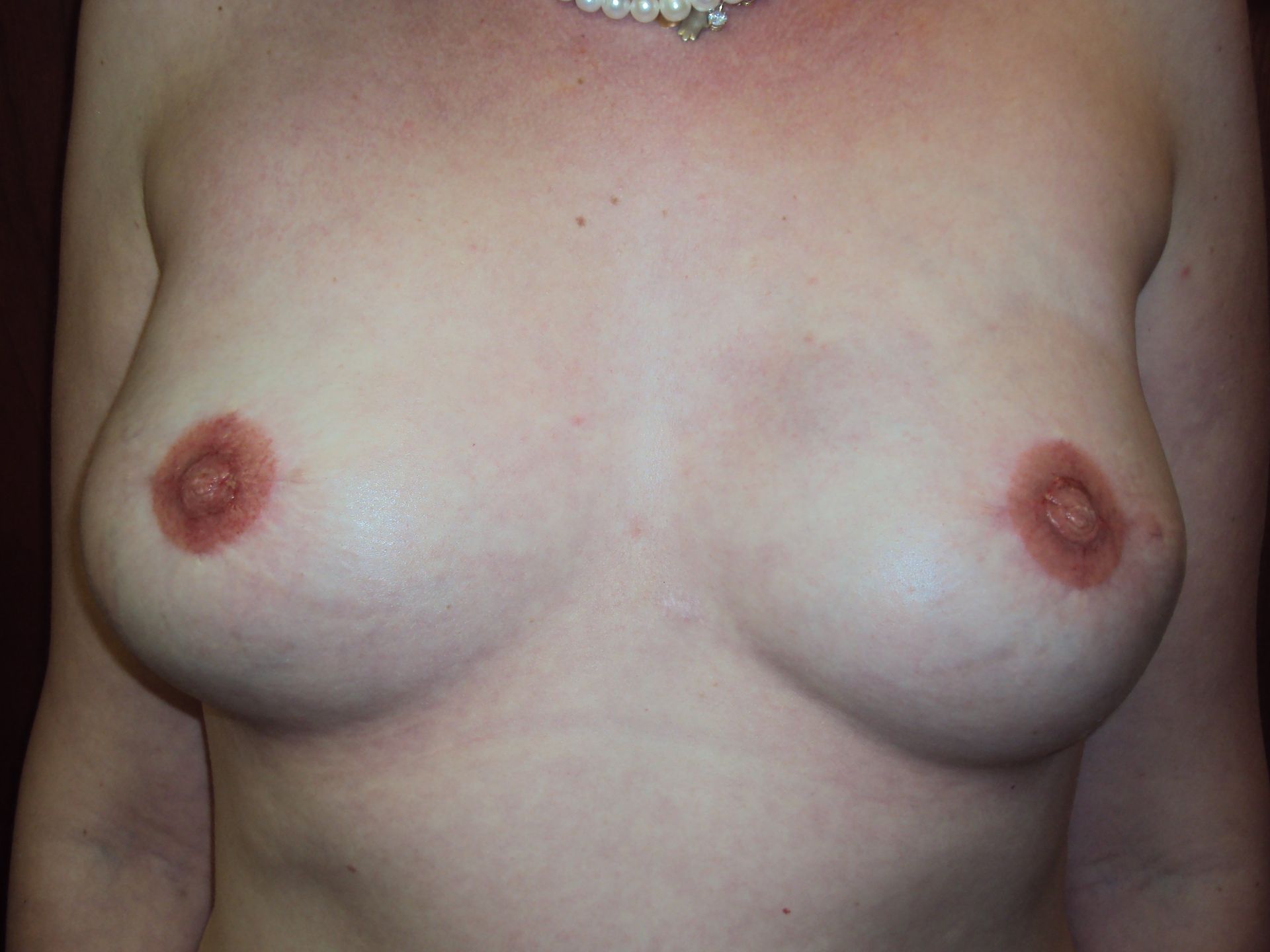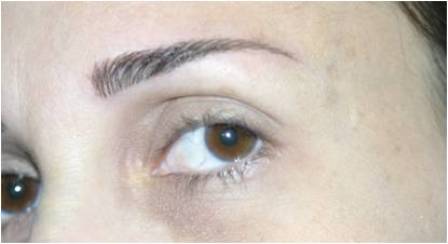Permanent makeup services using the micro-pigmentation method within the aesthetic and rehabilitative fields are provided at the Dermocosmetic Unit.
Within the aesthetic field:Highlighting facial features: eyebrows, eye liner, lips and contour; highlights using advanced technologies and innovative techniques, granting the face a natural, harmonious look.
Within the rehabilitative field:Nipple areola tattoo: following breast reconstruction and as a complementary treatment of the nipple’s creation process, the nipple areola tattoo is an inseparable part of attaining breast perfection; this treatment is recognized by most health funds and supplemental insurances.Blurring scars: following surgery, after burns and after hair transplants.Treatment of Vitiligo (skin pigment condition).Filling in missing hair: scalp, stubble, eyelashes.

Permanent makeup thru a micropigmentation process: Permanent makeup or as it is known in the professional jargon, micropigmentation or dermopigmentation, refers to the insertion of a color pigment into the bottom layer of the epidermis. The micropigmentation process is divided into two groups:the first group is well known by everyone and that is permanent makeup or emphasizing and highlighting facial features from the aesthetic cosmetic aspect.
The second group refers to the whole process of micropigmentation as a complementary process to surgical procedures and/or to the treatment of skin lesions such as vitiligo (a lack of pigment), nipple areola tattoo following breast reconstruction, scars etc.
The pigments or colors (inks) inserted into the skin are based on natural substances, especially minerals, and are approved by the Ministry of Health. They are very different from tattoo inks, which are inserted into the deepest layer of the dermis and are composed of larger heavier particles that include metals. Tattoo inks are comprised of the primary colors: blue, red, yellow and black. You cannot achieve color tones such as peach, pale yellow etc. by using tattoo inks, therefore making them unsuitable for highlighting facial features or even for blurring scars and they cannot be used as camouflage.
Permanent makeup can be applied by a cosmetician who underwent a course at a permanent makeup school, however, the current prevailing attitude is highlighting facial features, a method that endows them a fresh, youthful, lively look without a feeling of heavy makeup. Hence, it is highly advisable to contact a medical institute where the cosmetician (makeup artist) is skilled in repairing skin defects as well as in performing paramedical activities. Thus, before deciding to get permanent makeup, it is worthwhile to attend a meeting at the institute. Get an impression of the hygienic conditions, check whether disposable needles are being used and that the colors and inks are approved by the Ministry of Health. It is advisable to demand seeing other works performed by the makeup artist and you certainly may ask a facial makeup demonstration. See one side versus the other and check the color tones on the skin. All of this is attainable solely in a professional institute.

The stages of applying permanent makeup include anesthesia by lidocaine gel. The anesthesia must be applied approximately 40 minutes before initiating the makeup procedure. Following the process termination, it must be taken intoaccount that the treated area will appear reddish and swollen for a few hours.
A skin scab will form on the following day, and a week later, the skin at the treated area will peel and the result will be apparent. During the scabbing period, it is necessary to daily locally apply an antiseptic preparation. Only after 2-4 weeks, the pigment will stabilize in the skin, and afterwards the process may be repeated in order to strengthen the hue. Permanent makeup usually lasts between 2-3 years. In case the client has regretted having done the procedure, the makeup can be erased using laser or by repainting using natural tones and colors.The tattoos at the Dermocosmetic Unit are performed by professional tattoo artists who have completed permanent makeup studies and possess certification and specialization diplomas in aesthetic and restorative tattoo techniques.Only sterile one-time equipment is utilized and the colors and inks are approved by the Ministry of Health.
More information regarding permanent makeup and the Complete Guide by Lilach Kaplan can be found at the www.bello.co.il website.